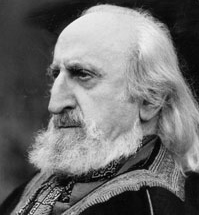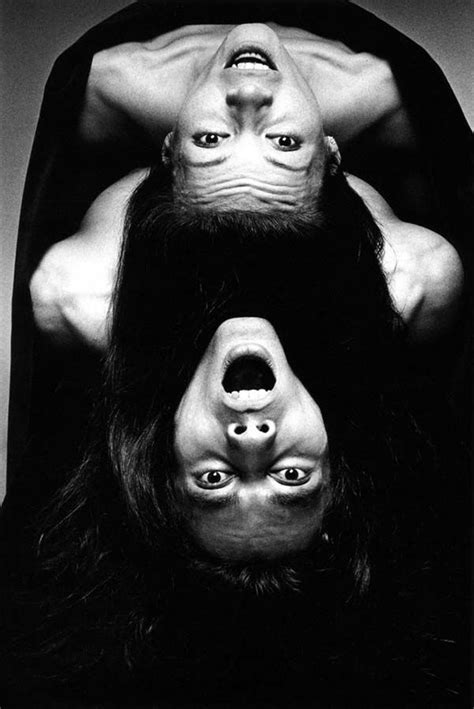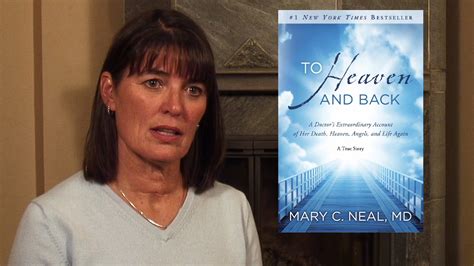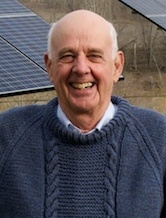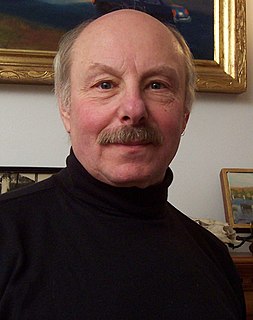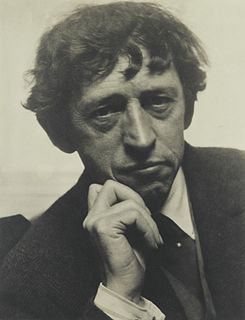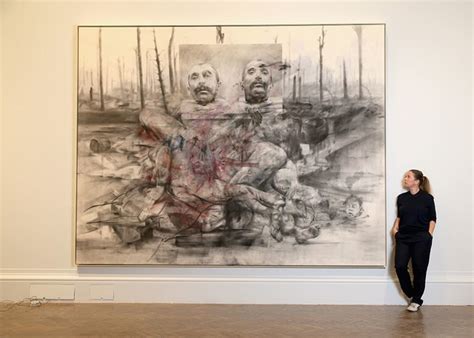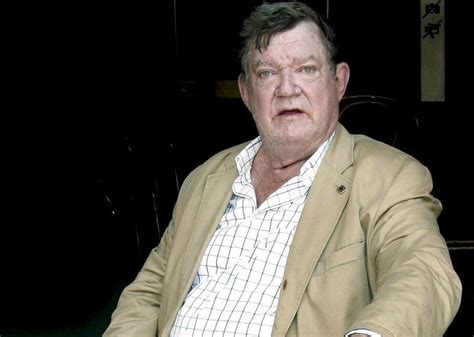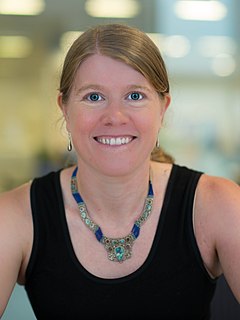A Quote by Frithjof Schuon
It is impossible to describe a landscape so validly as to exclude all other descriptions, for no one can see the landscape in all its aspects at the same time, and no single view can prevent the existence and validity of other equally possible views.
Related Quotes
All aspects of photography interest me and I feel for the female body the same curiosity and the same love as for a landscape, a face or anything else which interests me. In any case, the nude is a form of landscape. There are no reasons for my photographs, nor any rules; all depends on the mood of the moment, on the mood of the model.
I feel as though I am trying to describe a three-dimensional experience while living in a two-dimension world. The appropriate words, descriptions, and concepts don't even exist in our current language. I have subsequently read the accounts of other people's near-death experiences and their portrayals of heaven and I am able to see the same limitations in their descriptions and vocabulary that I see in my own.
If, on the other hand, conservationists are willing to insist on having the best food, produced in the best way, as close to their homes as possible, and if they are willing to learn to judge the quality of food and food production, then they are going to give economic support to an entirely different kind of land use in an entirely different landscape. This landscape will have a higher ratio of caretakers to acres, of care to use. It will be at once more domestic and more wild than the industrial landscape.
Painting allows me to use other portions of my brain pleasurably. Irony plays no part in what or how I paint. I paint the particular subject matter not to make polemical points but because I am interested in the human imprint on the landscape. I paint the landscape of my time and place with the stuff in it.
New York has a thousand universes in it that don't always connect but we do all walk the same streets, hear the same sirens, ride the same subways, see the same headlines in the Post, read the same writings on the walls. That shared landscape gets inside of all of us and, in some small way, unites us, makes us think we know each other even when we don't.
Sören Kierkegaard has another answer: human existence is possible as existence not in despair, as existence not in tragedy; it is possible as existence in faith... Faith is the belief that in God the impossible is possible, that in Him time and eternity are one, that both life and death are meaningful.
For the machine meant the conquest of horizontal space. It also meant a sense of that space which few people had experienced before – the succession and superimposition of views, the unfolding of landscape in flickering surfaces as one was carried swiftly past it, and an exaggerated feeling of relative motion (the poplars nearby seeming to move faster than the church spire across the field) due to parallax. The view from the train was not the view from the horse. It compressed more motifs into the same time. Conversely, it left less time in which to dwell on any one thing.
